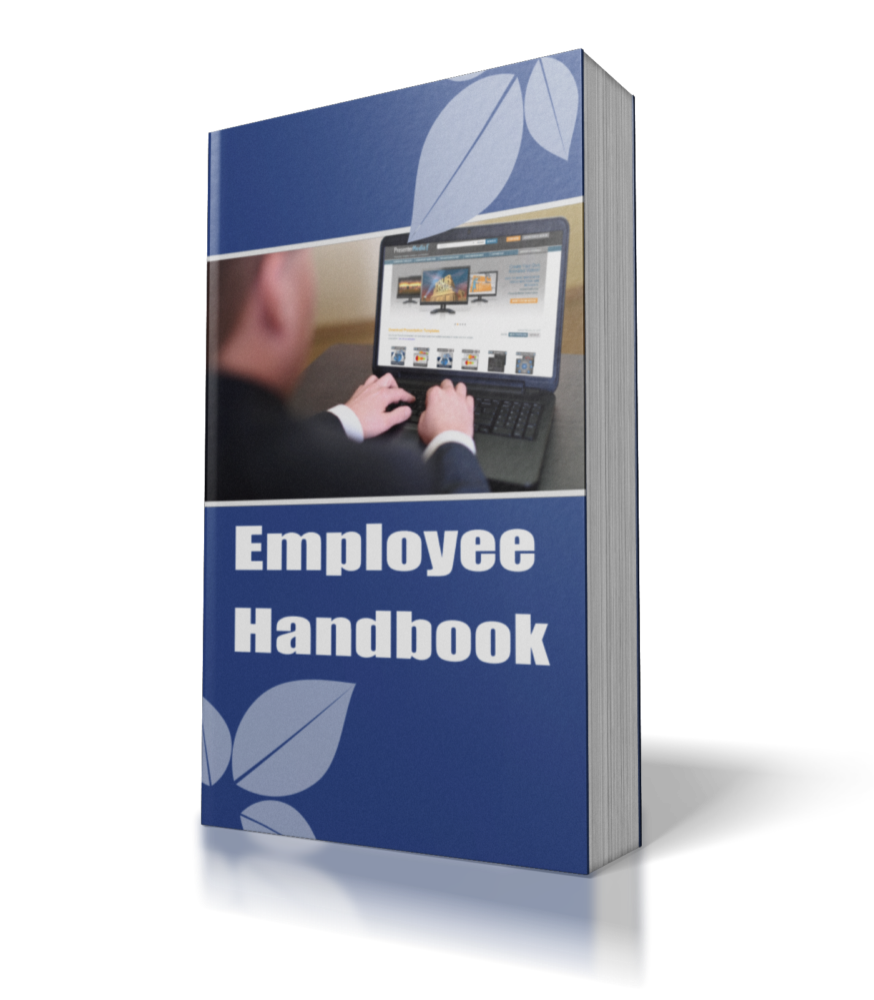Ding! Ding! Ding!
The gloves were off in the latest internet vs. company showdown.
Last week, a young employee was told her work outfit was inappropriate so she took her rants to… Twitter (where else?).
In case you missed it, here’s the replay:
It began at a South Carolina J.C. Penney. The employee, a 17-yr-old girl, showed up for work in shorts. Her boss deemed the shorts inappropriate and asked her to go home and change.
According to her tweets, the teen had bought the shorts from the store’s career section. She also claimed it was unfair, because male employees had broken the dress code before and were not asked to change.
After the tweets, the story spread, quickly making its way to several news sites.
J.C. Penney released a statement saying that their dress code does not allow shorts.
The former employee (she quit after the incident) claims she was never told shorts were inappropriate during orientation.
The decision?
We’re actually not here to take sides. We’d rather just use this as a teaching moment! (Hey- It’s not every day we get to read an HR-related news story!)
What you can do as a business owner:
We’re willing to bet JC Penney wasn’t too happy with their name being in the news that way— even if a lot of people took their side.
Unfortunately, with social media, it doesn’t take much for a small issue to balloon and drag a company into the internet limelight.
So what if it happens to your company?
Well, we can’t prevent someone from blasting your company on social media —Yet 🙂
But we sure can help you with your defense.
If there’s one thing the shorts incident teaches us it’s the importance of having set policies. And set policies should be laid out in employee handbooks.
So, the number one takeaway from this is: Have an employee handbook.
Create it. Distribute it. Enforce it. Love it.
Okay, you don’t have to love it, but you get the point.
Now, in a situation like the shorts incident, here’s how you can stand your ground as a company using your employee handbook:
1. Include a clear dress code policy in your employee handbook.
2. Consider adding a summer-specific dress code policy as well. (We explain how to create one here.)
3. Address all employees in the dress code; don’t be gender specific.
4. Have employees sign and return a Handbook acknowledgement. That way if former teen employees tweet that they didn’t know shorts (or something else) weren’t allowed, you have proof that they did know.
5. Hold a Roll Out Meeting. Any time you create a new employee handbook or just make changes, have an employee handbook roll out meeting with all employees so that everyone is on the same page and can ask any questions if they are confused.
Pretty easy, huh?
If you need help crafting your employee handbook, check out our employee handbook service. We’re here to help!
Also, let us know what you think in the comments. Was the employee right to complain? Or is JC Penney’s dress code pretty clear?











